

I wish I was playing Super Smash Bros. for Wii U right now. From the moment I finished my first match, I knew I was hooked on this highly polished fighter. To even talk about Smash Bros. or hear it being played in my vicinity triggers feelings of rambunctious excitement and competitive spirit within me. I'll level with you, dear reader: the quicker I tell you all about the Wii U version's triumphs, the sooner I can go back to it. By the time we're done here, I hope you'll want to join me.
At this point, you should know the Smash Bros. drill: select a character from a staggering range of legendary game series, then beat the snot out of your opponents in an attempt to knock them off the screen. By default, items will continuously rain down from the sky, creating little battles where everyone races to snatch up the flashy, potentially tide-turning power-ups. And unlike your typical 2D fighter, the stages are wide open and usually multi-tiered, making Smash Bros. bouts much more vertical.
There are only two attack buttons, making it so that anyone can pick up and play - but mastering your favorite character could very well take years. Each fighter has their own distinct weight and momentum, turning every match into a fluid, fast-paced duel full of speedy, tense spacing and impactful combat. Because victory depends on ring-outs rather than health totals, you'll constantly bear witness to miraculous ledge-grabbing saves that seemed impossible, or gasp-worthy moments as you just barely avoid a haymaker smash attack that would've surely sent you rocketing towards oblivion. Each fight naturally creates these exciting, nail-biting exchanges, which will continue to surprise and entertain you even after playing hundreds of matches.
Of course, the fighting swings from strategic to chaotic the more players you add. Whether in teams or a wild free-for-all, up to eight players can join the fun in local play, amplifying the frantic bouts to new heights of cartoon violence hysteria. Admittedly, eight-player rumbles make it almost impossible to tell what's going on (or what item you're picking up). But there's an inherent appeal to the madness of giddily walloping the nearest enemy, hoping that you'll still be standing when the dust settles. The downside is that you're restricted to a smaller subset of maps, some of which feel overly big even for an octet of combatants. And while the novelty of 8P eventually wears off, it's great being able to include those players who would've otherwise had to wait their turn from the sidelines.
If you've been playing Super Smash Bros. for 3DS, the core of the Wii U version is functionally the same - gameplay is a supremely satisfying middle ground between the unrelenting speed of Melee and the floatiness of Brawl. The 51-character roster is nicely balanced; no character feels like they tower above or cower below the rest. Custom fighters let you tweak any fighter's stats and moveset; unfortunately, you'll have to unlock equippable items and alternate special moves at random (even if you've already collected them on the 3DS). It's a slow, discouraging prerequisite to what's otherwise an enjoyable diversion.
Playing on the big screen comes with some pretty obvious benefits. First and foremost: the gorgeous graphics, which will punch you directly in the eyes with fists formed from crystallized rainbows the moment you start a match. Each fighter has a sheen of detail and polish, and the striking use of color and perspective in the backgrounds makes them almost as eye-catching as the brawling. Best of all, the Wii U maintains a consistent, silky smooth 60fps in 1080p, save for some rare, ever-so-slight stutters when large stage elements (like Ridley in the Pyrosphere or the Boxing Ring's overhead lights) spawn in. Speaking of stages, the Wii U selection puts equal emphasis on captivating backdrops and unique, well-designed layouts.
The Wii U offers a bevy of controller options, so you're sure to find the one that fits you best. Playing on the GamePad feels fine, and the handling on the Pro Controller is even tighter. But nothing compares to the nostalgic, muscle-memory comfort of playing with a GameCube controller, courtesy of the sold-separately adapter. Its beefy joystick was seemingly made for Smashing, and the adapter supports Wavebirds if you've still got your old ones lying around. You can even sync up a 3DS to function as a wireless controller, provided you're some kind of nutjob who wants to smash on a circle pad. Hey, to each their own.
On top of the returning single-player modes from the 3DS version - the arcade-style Classic, All-Star's full-roster gauntlet, and the Stadium mini-games - you also get Event Mode, which is what single-player Smash Bros. was meant to be. It plops you in the middle of an expansive grid of addictive, bite-sized challenges, each with three difficulty levels and tricky bonus objectives. But the rest of the Wii U-exclusive solo content is nothing to high five your friends over. The board game-style Smash Tour is a disappointment, taking all the annoying bits of Mario Party - incessant randomness, the inability to strategically plan ahead, over-complicated rules - and sprinkling in the occasional brawl. You're better off just skipping the build-up and playing some traditional matches instead. There's also Special Orders, where you can risk in-game gold to attempt difficult missions with lucrative rewards - but the press-your-luck structure often ends in frustration.
Amiibos - Nintendo's line of data-saving statuettes - work with Smash Bros. as a neat gimmick, rather than an AI revolution. Tapping your $13/£11 figure on the GamePad summons that fighter as your new apprentice, letting you designate their name, costume, and ability set. But the end result is an computer-controlled buddy that feels more like a customizable drone than a disciple-in-training. Getting your Amiibo to the level 50 cap takes a few hours, with zero effort on your part - and from my experience, Amiibos never ‘learn’ anything from you. The real payoff is pitting your Amiibo against your pals', like some kind of Nintendo-endorsed cockfight. I may not feel like I truly ‘raised’ Amy Bo, my defense-specializing lady Villager, but I do enjoy a sense of pride when she wrecks house in multiplayer matches.
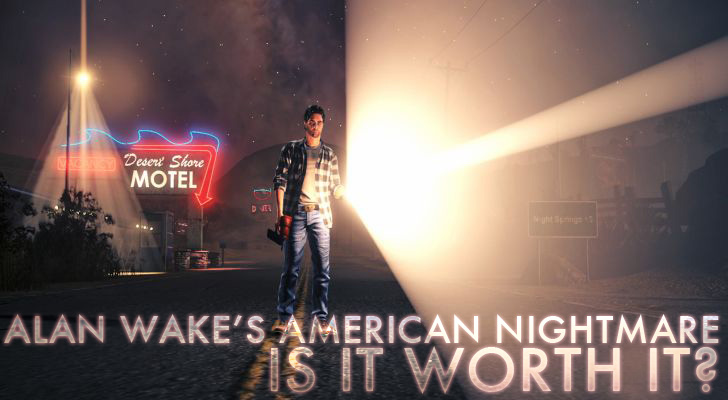
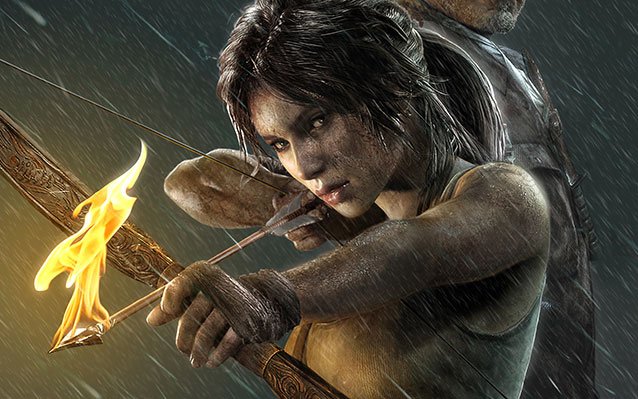
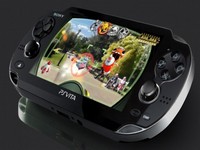

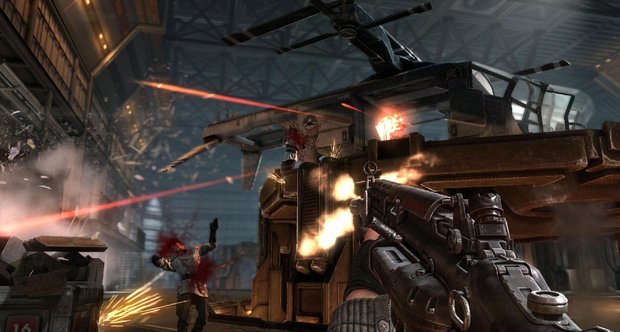 Wolfenstein: The New Order Walkthrough Guide Part 8 - The Bloody Bloody Prison Break
Wolfenstein: The New Order Walkthrough Guide Part 8 - The Bloody Bloody Prison Break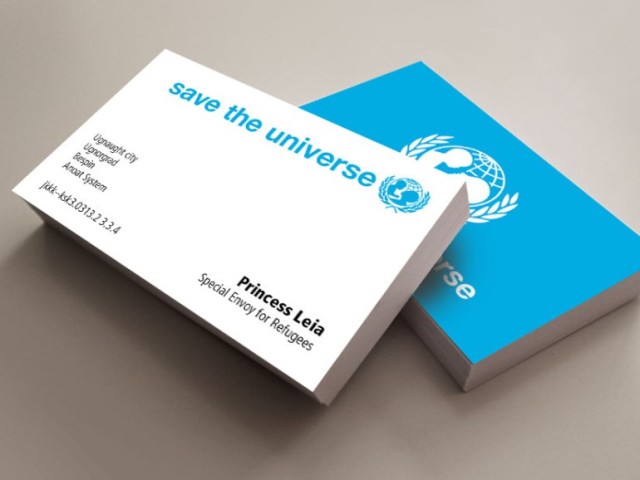 The Business Cards Of Your Favorite Star Wars Characters
The Business Cards Of Your Favorite Star Wars Characters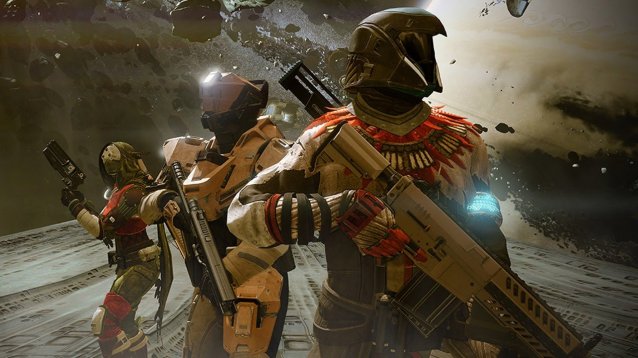 Destiny: The Taken King Guide - How to Charge an Agonarch Rune
Destiny: The Taken King Guide - How to Charge an Agonarch Rune Princess Peach Will Eat Your Brains
Princess Peach Will Eat Your Brains How to Get Game Controllers Running on Linux
How to Get Game Controllers Running on Linux